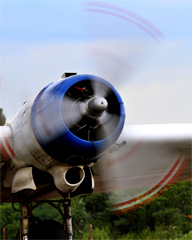 While most pilots and aircraft crews are vigilant to ensure no insurable incidents befall passengers or non-passengers on the ground, accidents can still occur. These accidents are the very reason why liability insurance is so important for anyone owning an aircraft.
While most pilots and aircraft crews are vigilant to ensure no insurable incidents befall passengers or non-passengers on the ground, accidents can still occur. These accidents are the very reason why liability insurance is so important for anyone owning an aircraft.
Incidents that occur during flights can cause damage to airplane passengers as well as non-passengers; because of this, airlines and aircraft operators are responsible for loses caused to both. As an example, should fuel and other fluids leak from an aircraft and cause injury, property damage and emotional distress to members of the public the airline takes responsibility since the general public didn’t sign up for risks associated with ill-fated flights.
Liability coverage for potential claims made by passengers and the public can be structured in one of two ways. The first would be to split the limits for passengers and non-passengers so that each liability to a passenger and the public is treated as a separate incident and falls within those individual limits. The second would be to purchase a combined single limit policy which allows there to be a single limit for an unlimited number of claims.
Traditionally, a split liability limit policy will restrict coverage to a set dollar amount per incident and only a certain number of events will be covered. But a combined single limit (or CSL) policy will give a greater overall limit with no cap to the number of incidents, as long as the total dollar amount of all the claims remains within the limits of the policy.
CSL policies offer flexibility that is very valuable since the likelihood of non-passenger claims is much lower than the likelihood of passenger claims. So instead of restricting passenger claims to a small limit that is split with that of the less likely public claims, it allows the full dollar claims limit to be available for either type of incident. Get an aviation insurance quote today.